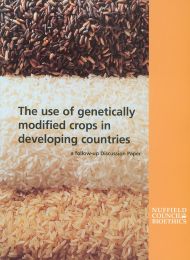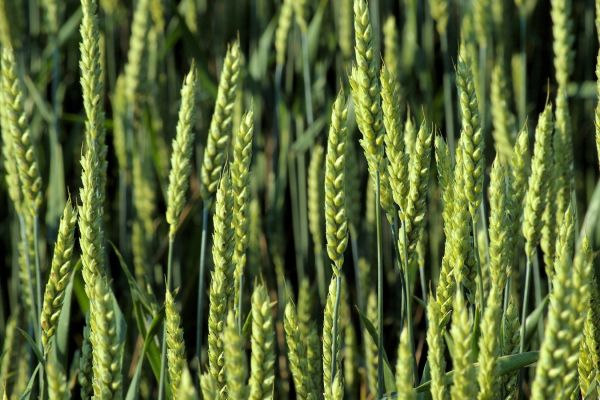The use of GM crops in developing countries
Report
Published 28/12/2003

Pest infestations, diseases and poor weather conditions may all significantly lower crop yields in developing countries. GM crops could address these problems, where other breeding techniques have failed. We consider a series of case studies:
Insect / pest resistance
Half the cotton grown in China in 2002 was genetically modified to produce a substance that is poisonous to the cotton bollworm, a pest that devastates many cotton crops. Farmers had previously applied the toxin directly by spraying the crops. The benefits of the ‘Bt cotton’ are a reduction in pesticide use, an increase in yields and profits, and health benefits for farm workers who often apply pesticides without protective clothing.
Disease resistance
Plants can be genetically modified to be resistant to bacterial, fungal or viral infestation. Examples include research on sweet potatoes to improve viral resistance and bananas modified to resist the Black Sigatoka fungus. Untreated, this fungus can reduce banana yields by as much as 70% but fungicides are expensive.
Crops that can withstand environmental stresses
(e.g. drought, heat, frost, acid or salty soil)
A gene from a plant which can survive prolonged water stress in desert conditions has been introduced into rice. This allows rice to produce a sugar that protects the plant during dehydration, allowing it to survive periods of drought.
Herbicide tolerance
Plants can be genetically modified to be tolerant to a specific weedkiller. This allows farmers to control a wide range of weeds with less weedkiller while not affecting the modified crop. Herbicide tolerant crops are grown mainly in developed countries. However, recently they have been used in some developing countries. For example, more than 90% of soybeans grown in Argentina during 2002 were GM.
Improved nutritional value
Crops can be genetically modified to contain additional nutrients that are lacking from the diets of many people in developing countries. One example is Golden Rice, which has been modified to have enhanced levels of ß-carotene, in order to help to prevent vitamin A deficiency. 14 million children under five suffer clinically from this deficiency, which can cause childhood blindness.
Biopharmaceuticals
Plants could be genetically modified to produce vaccines or other medicines. Potatoes have been modified to produce edible vaccines against E. coli bacteria which cause diarrhoea. This would allow cheap and easy distribution of the vaccine, but research is still at a very early stage.

Share